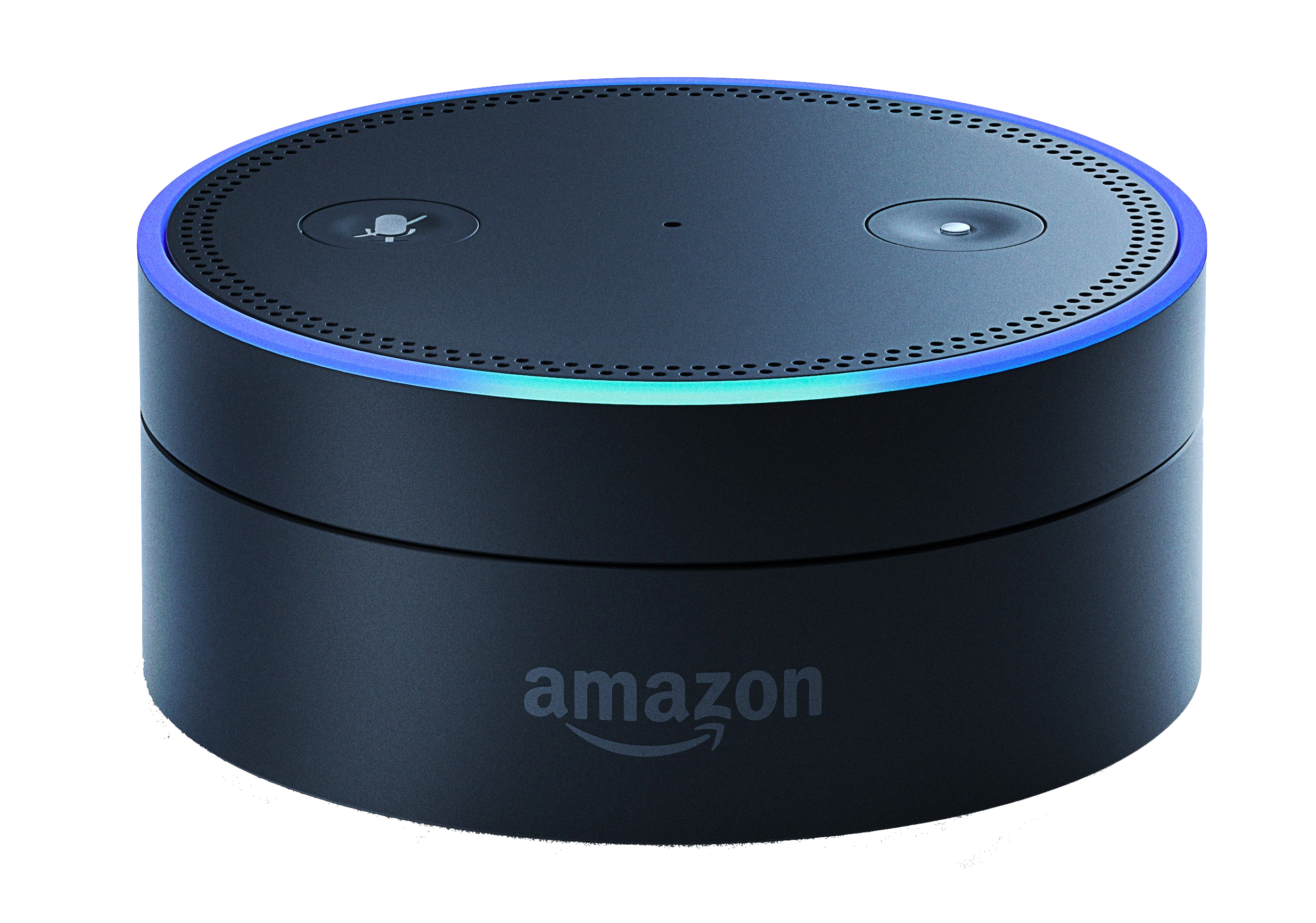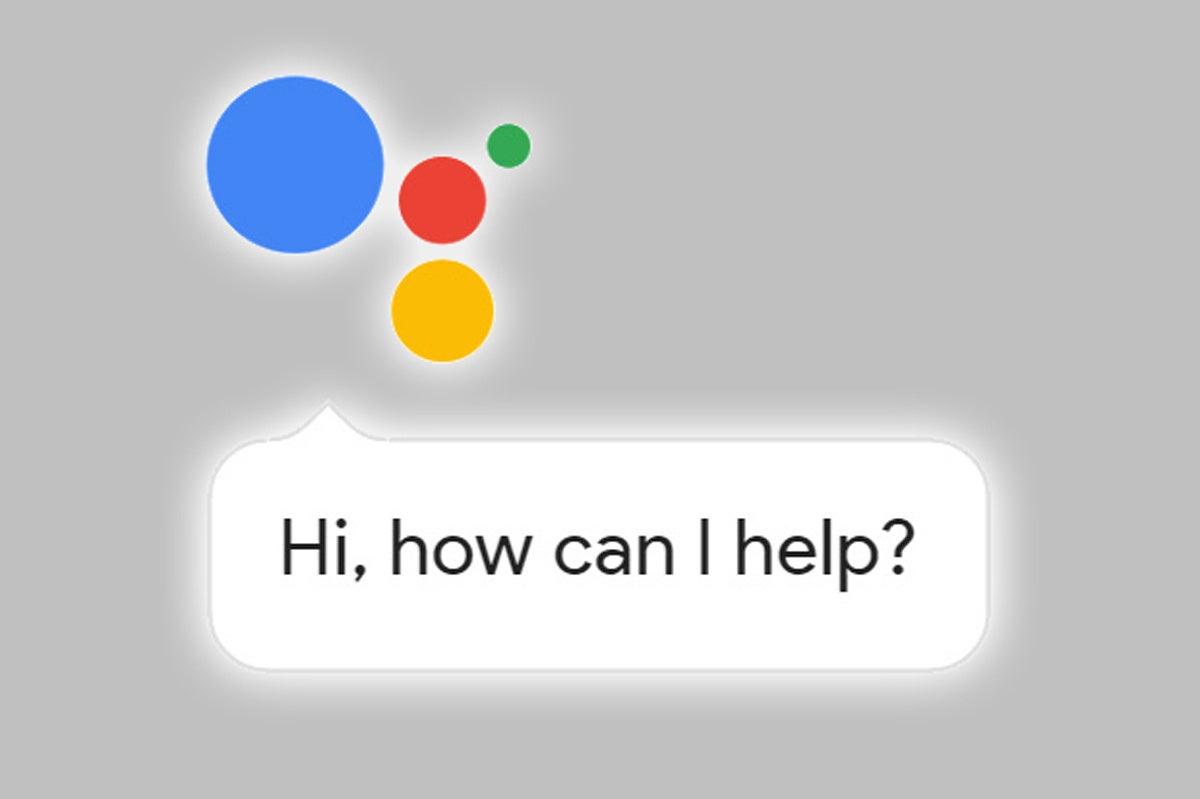
Natural Language Interaction
Natural Language Interaction (NLI), a form of Artificial Intelligence that allows people to talk to applications and electronic devices in free-format, natural language, using speech, text, touch or gesture across all digital channels (intelligent websites, bots, chatbots, mobile apps, IoT, wearables, connected homes, connected cars…) leveraging on Machine Learning, Internet of Things (IoT) and Big Data capabilities. It works as digital employee or assistants and human-like conversational and voice applications that improve the customer experience.
NLI systems are systems that allow their users to formulate requests in spoken or written natural language. NLI systems refer to applications where users can formulate requests addressed to a computer in natural language. Database querying constitutes the most studied form of NLIs. Database NLIs allow information to be retrieved from an underlying database by typing single-sentence queries.
![Natural Language Platforms: In-Depth Guide [2020 update]](https://blog.aimultiple.com/wp-content/uploads/2018/04/system.jpg) |
| [https://blog.aimultiple.com/wp-content/uploads/2018/04/system.jpg]
Subsets Of NLI:
Natural Language Processing
Natural Language Processing is used by NLI to split the input text into sentences and words and to normalize and pre-process it. For example, NLP might convert all the words to lowercase or correct spelling errors before determining if the word is an adjective or verb etc. and tagging this for future reference.
Natural Language Understanding
Natural Language Understanding (NLU) encompasses the building blocks to interpret human language. They are the base upon which both general and domain/client/project-specific Language Objects such as lexicon, synonyms and themes, NLU rules and dialogue flows can be constructed in the context of each NLI solution.
Natural Language Generation
Responding to a query using anything more that pre-scripted responses requires at a minimum, natural-language generation (NLG). This enables NLI to interrogate data, including integrated back-end systems and third-party databases, and to use that information in creating a response, combined with incorporating additional parameters which may be known, for instance user name, gender, location, time of day, appropriate tense, etc.
|
Why Syntax, Spelling, and Semantics Matter?
The NLI interface can ask clarifying questions if there is any ambiguity. It also enables for the conversation to be interrupted by the user. A common situation when talking to another human, but one even Intelligent Virtual Assistants can rarely handle. Not only that, but natural language interaction can also bring the user back on track to the point of the original conversation.
In order to do this, NLI must understand exactly what the user means. This is a complex task. The way we talk in everyday conversation is full of subtle nuances. “I had a nice vacation in nice,” for example, shows how a machine must understand grammar, syntax and spelling mistakes.
Natural-language user interface
Natural-language user interface (LUI or NLUI) is a type of computer human interface where linguistic phenomena such as verbs, phrases and clauses act as UI controls for creating, selecting and modifying data in software applications.
In interface design, natural-language interfaces are sought after for their speed and ease of use, but most suffer the challenges to understanding wide varieties of ambiguous input.[1] Natural-language interfaces are an active area of study in the field of natural-language processing and computational linguistics. An intuitive general natural-language interface is one of the active goals of the Semantic Web.
Text interfaces are "natural" to varying degrees. Many formal (un-natural) programming languages incorporate idioms of natural human language. Likewise, a traditional keyword search engine could be described as a "shallow" natural-language user interface.
How NLI Reveals the Hidden Value in Unstructured Data
When people communicate in a natural, conversational way, they reveal more than just the words they’re saying. Their individual preferences, views, opinions, feelings, inclinations and more are all part of the conversation. This information is one of the reasons that makes the data collated during human-machine conversations so valuable.
However, enterprises frequently rely on their own, often prejudiced, interpretation of data, simply because they don’t have the necessary resources, or retrieving the relevant information takes too long.
Most conversational analytic tools interpret the data simply as words; without context, without meaning, and without frequencies. This results in information overload. It’s a flat view of the data where nothing stands out as more important.
This is where analysis on unstructured data using NLI comes into its own because human intuitions about conversational data are often wrong. Businesses need the facts that NLI provides to guide them, otherwise enterprises risk misunderstanding the voice of the customer.
Applications:
AMAZON's Alexa:

GOOLE ASSISTANT:

SIRI:
Microsoft's CORTANA:Natural Language Interaction or NLI ?

[Source: https://en.wikipedia.org/wiki/Natural-language_user_interface,https://www.google.com/search?q=natural+language+interaction&safe=strict&rlz=1C1GCEU_enIN898IN898&sxsrf=ALeKk035rvTFRxNGmT1CjAlS0UcX0FKinw:1587925920863&source=lnms&tbm=isch&sa=X&ved=2ahUKEwjw8sSD3YbpAhUB6XMBHZARB2QQ_AUoAXoECBAQAw&cshid=1587926044963609&biw=1366&bih=625#imgrc=qH2r-w1K3kbRiM,https://dzone.com/]
#NLP #Natural #Language #Processing #NLUI#sematics#Syntax

0 comments:
Post a Comment